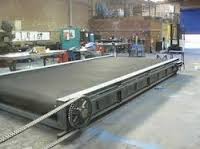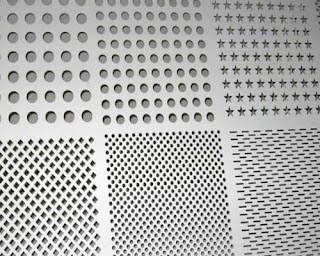Various wire materials
are used to develop coils. This post describes the difference between nichrome,
Nickel 200, titanium, kanthal and stainless steel. These wires will meet the
serve purpose, there are basic fundamental applications that place the world
apart. It is because as we dig deep in the science of the various wire types,
it help you distinguish which wire suits your needs best.
Nichrome Vape Wire
Nichrome is all known
for its oxidation resistance properties by which it can perform at the high
points without being attacked by oxidation. Nichrome is a popular electric
heating element, hot wire foam cutters and domestic equipments and tools. With
its potential to quickly heat up with small time, Nichrome is the popular choice
for the most of e-cigarette coils and cloud-chasing constructions. As compare
to Kanthal, Nichrome 80
wire shows lower melting point and lower highest service temperature.
Therefore the service life of nichrome will be generally smaller than kanthal.
FeCrAl Vape Wire
Kanthal wire popularly
developed its appearance in the e-cigarette just after Nichrome and rapidly
became famous among the coil manufacturers. For its low price, extensive
availability and actually i can be made in several gauges, Kanthal wire offers
numerous combinations of various size coils creating various resistances for
any vape style. Wire made from Kanthal serves at the higher temperature and has
higher melting point as compare to Nichrome, offering a longer service life. Many
people believe that Kanthal wire goes off taste due to presence of iron, but
not all. The service of kanthal wire
makes it a primary choice of beginners who are looking for the learning
opportunities.
Titanium Wire
Titanium wire is
somehow new in the market in context to nichrome and kanthal and is used in
several sub-ohm tank coils for controlling temperature. It is stronger as
compare to Nickel 200 that makes it easier to use. Titanium offers double times
resistance as compare to nickel 200 making it fit for achieving required
resistance more easily. A factor to be worried about Titanium is that it heats
up to the ignition level. If the metal heats, you will see fire that cannot be
handled by any fire extinguisher in
which case you have to allow it burning out. Additionally the development of
titanium dioxide is also not good for health.
Pure Nickel wire
Nickel 200 has very
high temperature coefficient. This is the major reason that many people decide
to use Nickel 200 wire for the initial temperature control mod. Nickel is a
soft wire and springy, making it harder to work as compare to kanthal or
titanium. It is a supreme concept to space the wraps apart so the heat is
uniformly distributed over the wire length. For any warp in coil that are in
contact of each other, it permits uniform heat supply with tight wraps,
although, it can take time.
Results
If you are confused
about which is the suitable wire, ask if you will use temperature control or
use the variable wattage? This will help you in your work while choosing which
wire is suitable- Kanthal, stainless steel and Nichrome.





